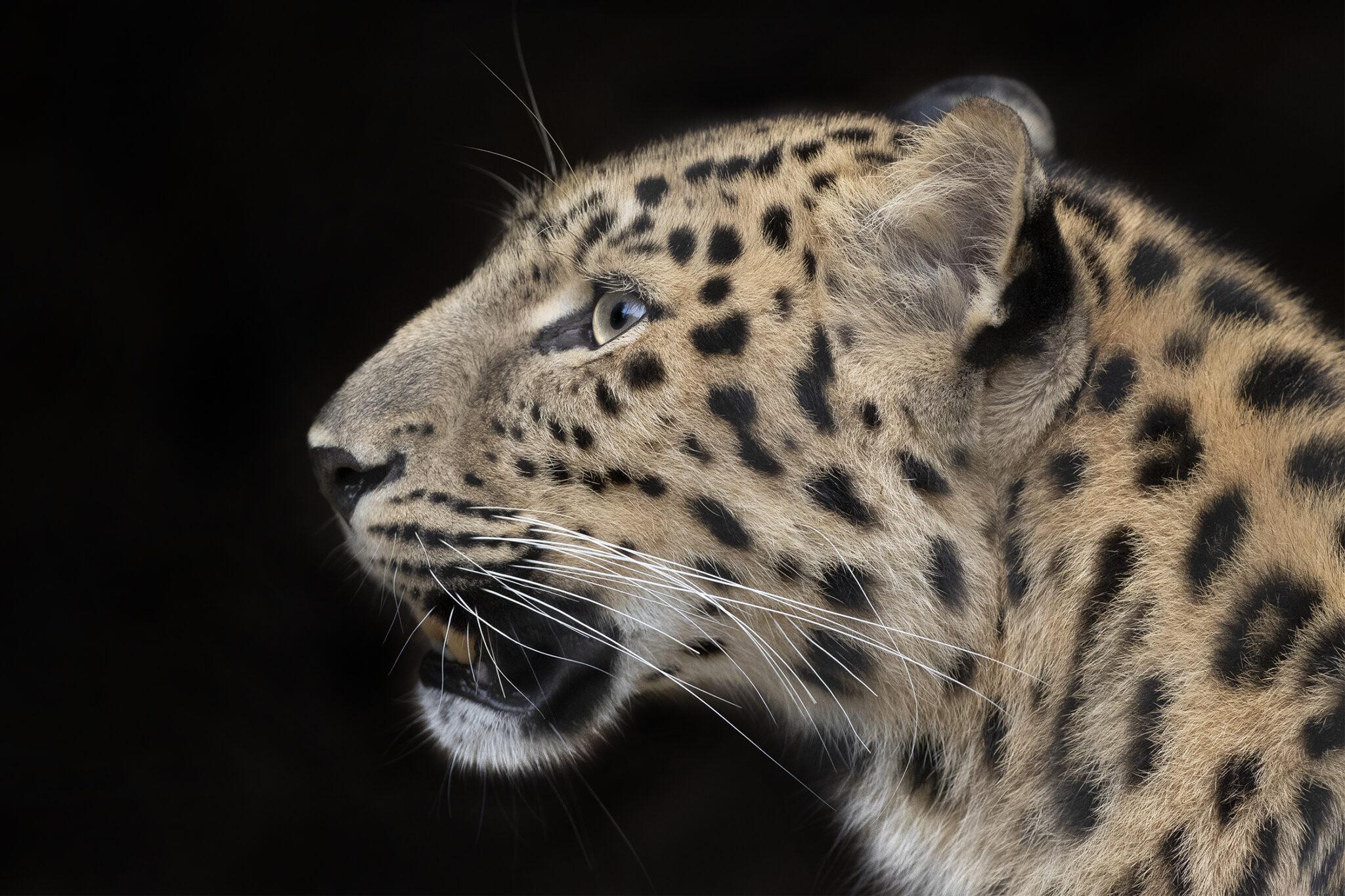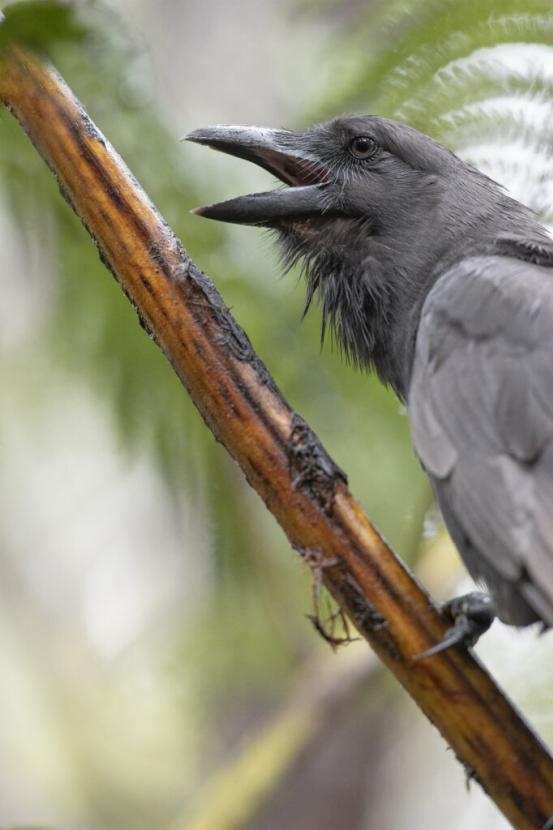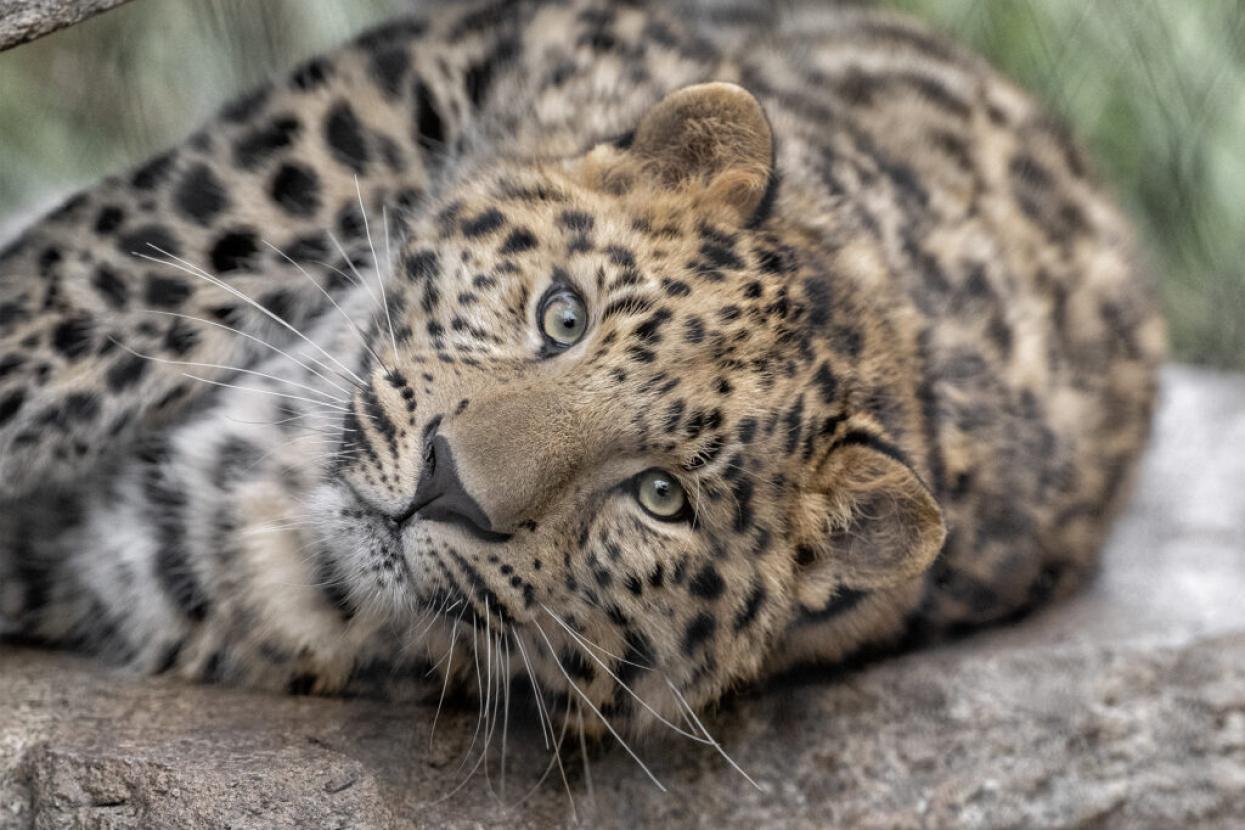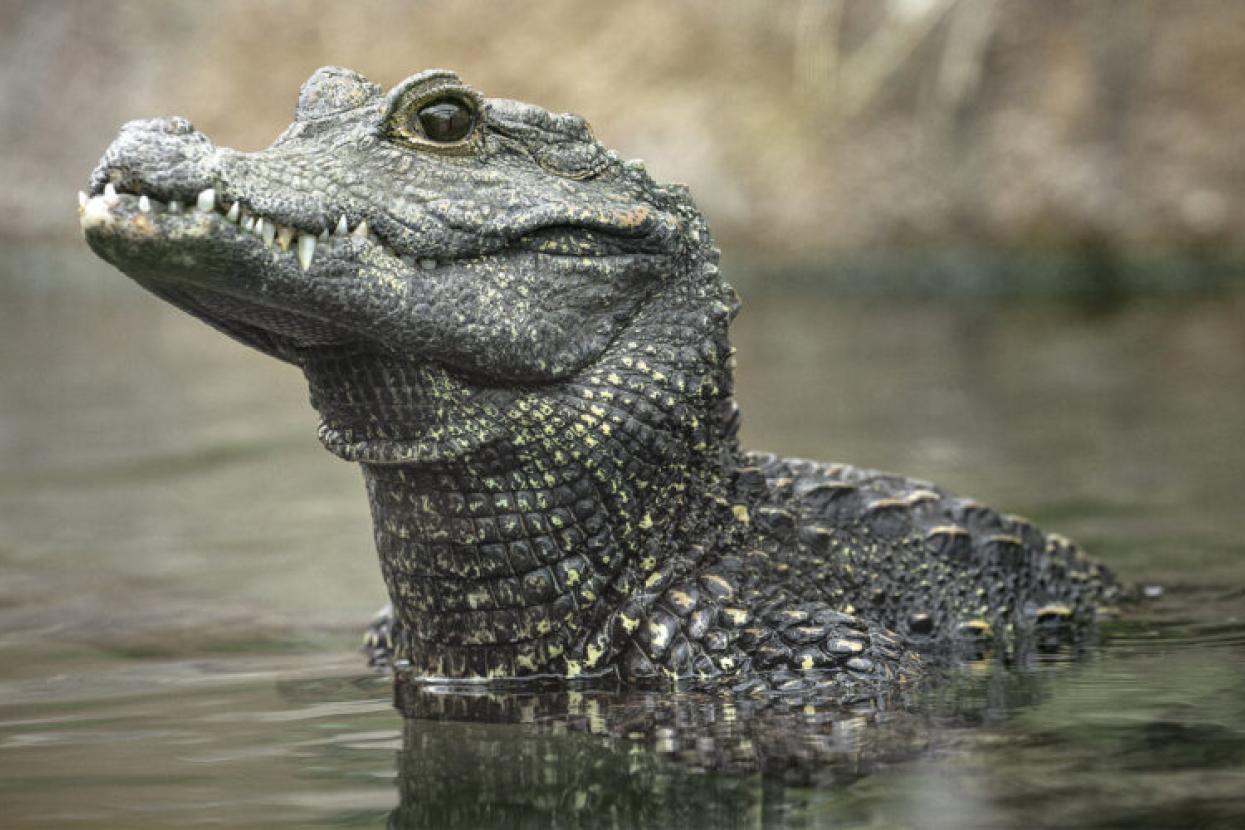
As humans, we tend to assign a significant value to our experience, whether that be the skills that make us good at our professions and hobbies, or if it is the experiences we have that shape our world view. As a concept, experience is quite easy to grasp, and it almost seems we are born with an innate understanding of its value throughout life.
If we take a broader look at the wildlife we share the world with, you start to notice how this applies directly to their lives as well. In fact, in most cases, it follows the same patterns as our lives do: periods of intense learning at the beginning of their life, individual experiences build upon each other to form a skill set, and that skill set is practiced and refined over time to ensure that the individual is thriving. By opening our eyes to this connection, we’ve begun the transition from traditional wildlife care to our own experience-driven form of Outcome-based Care.
An Amur leopard rests after an immersive, multi-day hunting experience that encouraged the big cat to make meaningful decisions on how, when, and what to hunt.
In Sync with Nature
Our outcome-based wildlife care programs enroll every possible input that an individual may face (or may need to face) in their lifetime, and then layer them with the appropriate sensory signals from the environment, based on life cycle, with the goal of outcomes that are aligned with natural history. One of the clearest illustrations of this approach can be found with our big cat programs. For example, the Amur leopards’ care program is primarily based on outcomes related to the cats making choices about how to gain the maximum benefit from their environment. As predators, significant time and energy must go into not only learning how to hunt, but when to hunt, and what to hunt. All of these outcomes change based on inputs like season, weather patterns, and even lunar cycles.
Our wildlife care specialists design multiple day “experiences” based on these inputs and stitch them all together in a pattern that matches what these cats would be facing in their native range. During certain times of the year, these cats would only be hunting large prey items—thus overall, less time is dedicated to hunting, as they get more food from each hunt. In this instance, although the time decreases, the difficulty increases significantly. By allowing the cats to predict how much effort they need to put into acquiring food by making “large prey” available only in one season and only during specific phases in the lunar cycle, we strengthen their relationship with the natural world.
The side effect of this approach is that it lessens the dependence on signals from their human caretakers and strengthens the cats’ ability to make meaningful decisions without our influence. As each one of these experiences builds on learned behavior from the last experience, we add a richness to their lives that is more aligned with their capabilities.

The ‘alalā will have to acquire a complex suite of experiences to thrive in its native habitat, including how certain insects, fruits, or prey, may be abundant during different seasons.
Forecasting Success—For All
This approach becomes even more important and applicable to our conservation breeding programs, in which the goal is to return wildlife to their native habitat. Our Hawaiian bird programs have begun to embrace this approach, as these birds are not only being protected, but also prepared for reintroduction. The complexities of the island environment must be replicated in our care programs, and the outcomes for each of the birds can help us identify if they have enough experience to thrive in their native ecosystem. In this instance, weather plays a critical role in how the birds will access what resources, and when.
Certain insects, fruits, or prey may be in abundance following a rain event, while others may be more accessible during specific seasons. Replicating rainfall and pairing it with certain food items that must be acquired in a very specific way is how our avian recovery specialists build that experience for the birds. Not unlike the cats, layering those experiences with other natural inputs reinforces that relationship and allows the birds to make choices based on signals they receive from the environment. Developing the skill of seeing the environment and the source of things the birds need is essential to maximizing their success in the wild.
Outcome-based Care programs are applicable to all species, regardless of specialization. West African dwarf crocodiles and Hawaiian crows have the same needs when it comes to acquiring resources and navigating their environments.
The true beauty of Outcome-based Care programs is that they are applicable to all species, regardless of specialization. All wildlife have several basic outcomes that determine whether they have an opportunity to thrive, regardless of the habitat they find themselves in. For instance, West African dwarf crocodiles have the same needs as a Hawaiian crow when it comes to acquiring resources and navigating the environment. They need to make decisions about when and how to get food, how to avoid predators, how to find a mate, and even how to raise young. The only thing that differs are the inputs. It is up to us to make sure those inputs are balanced, appropriate, and inexorably linked to the natural world, if we want all wildlife to thrive.
Discover how we’re creating a world where all life thrives through our eight Conservation Hubs.






